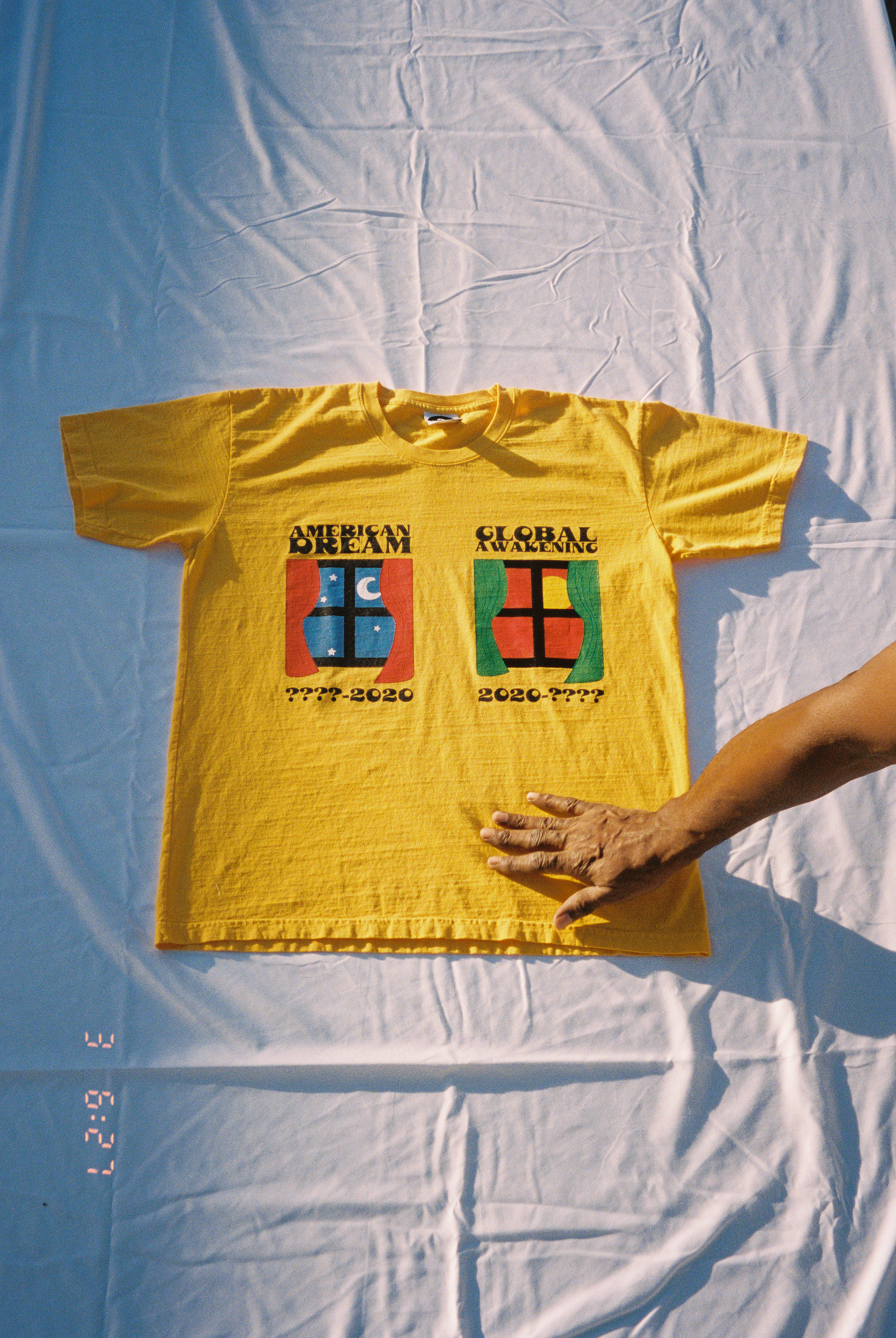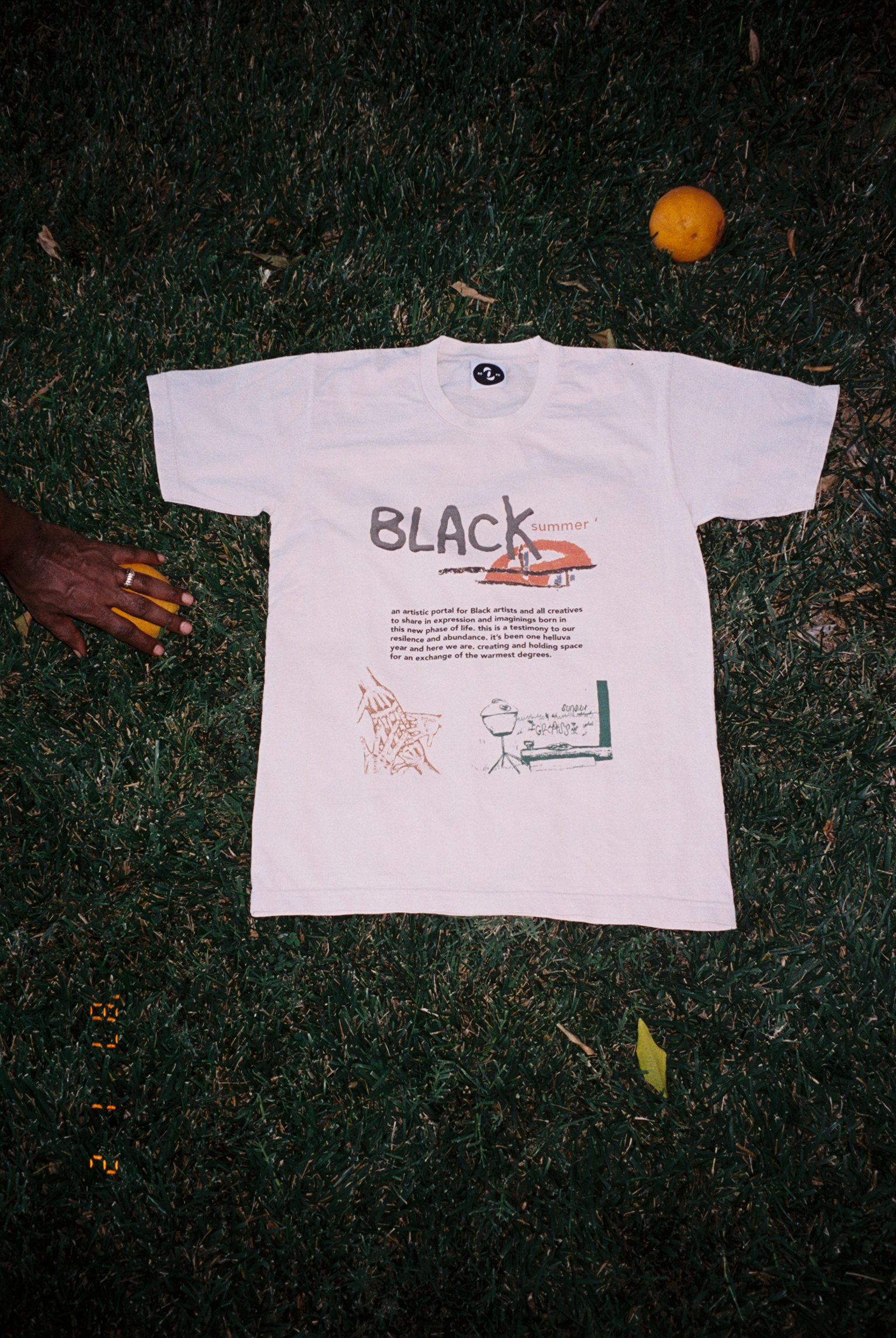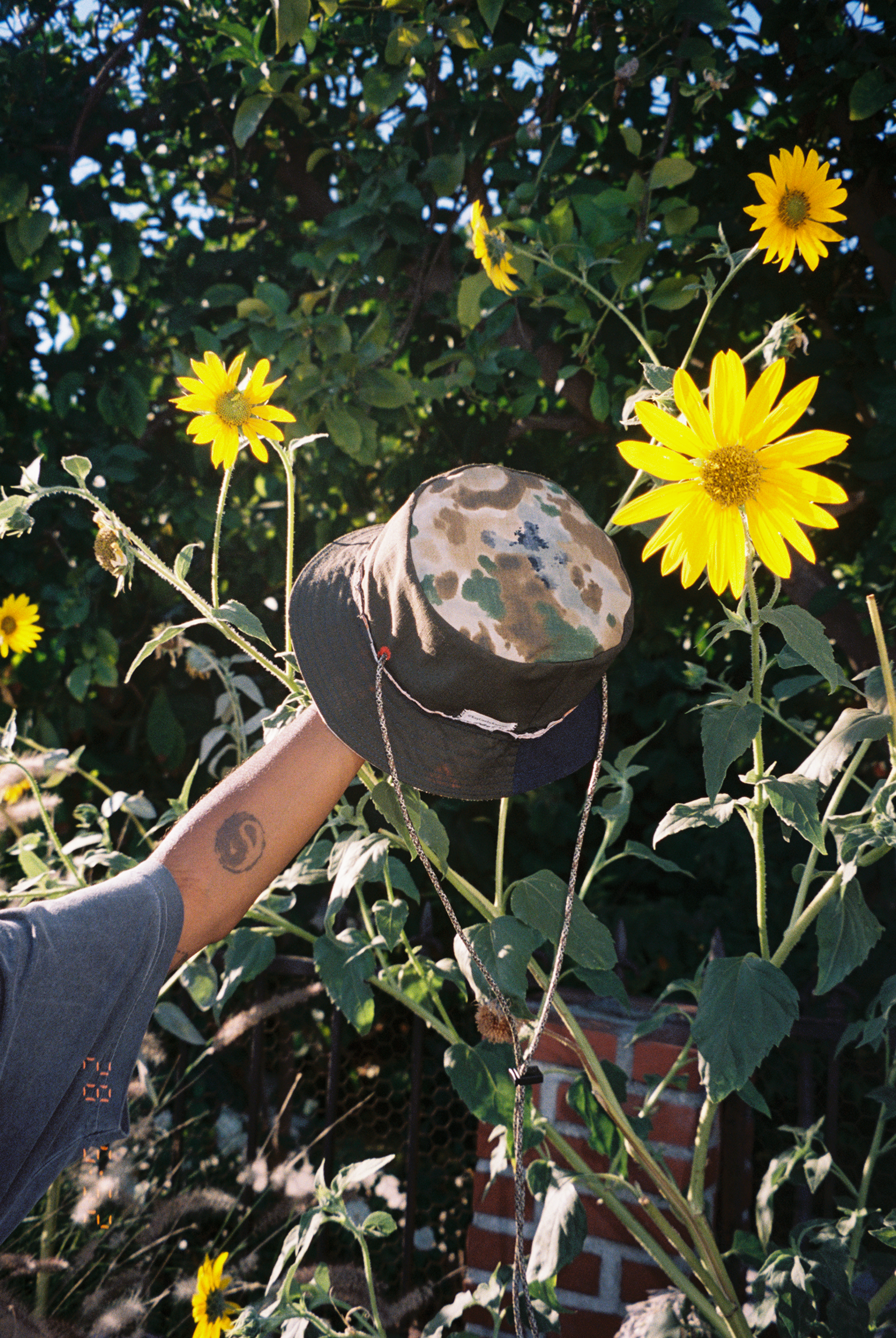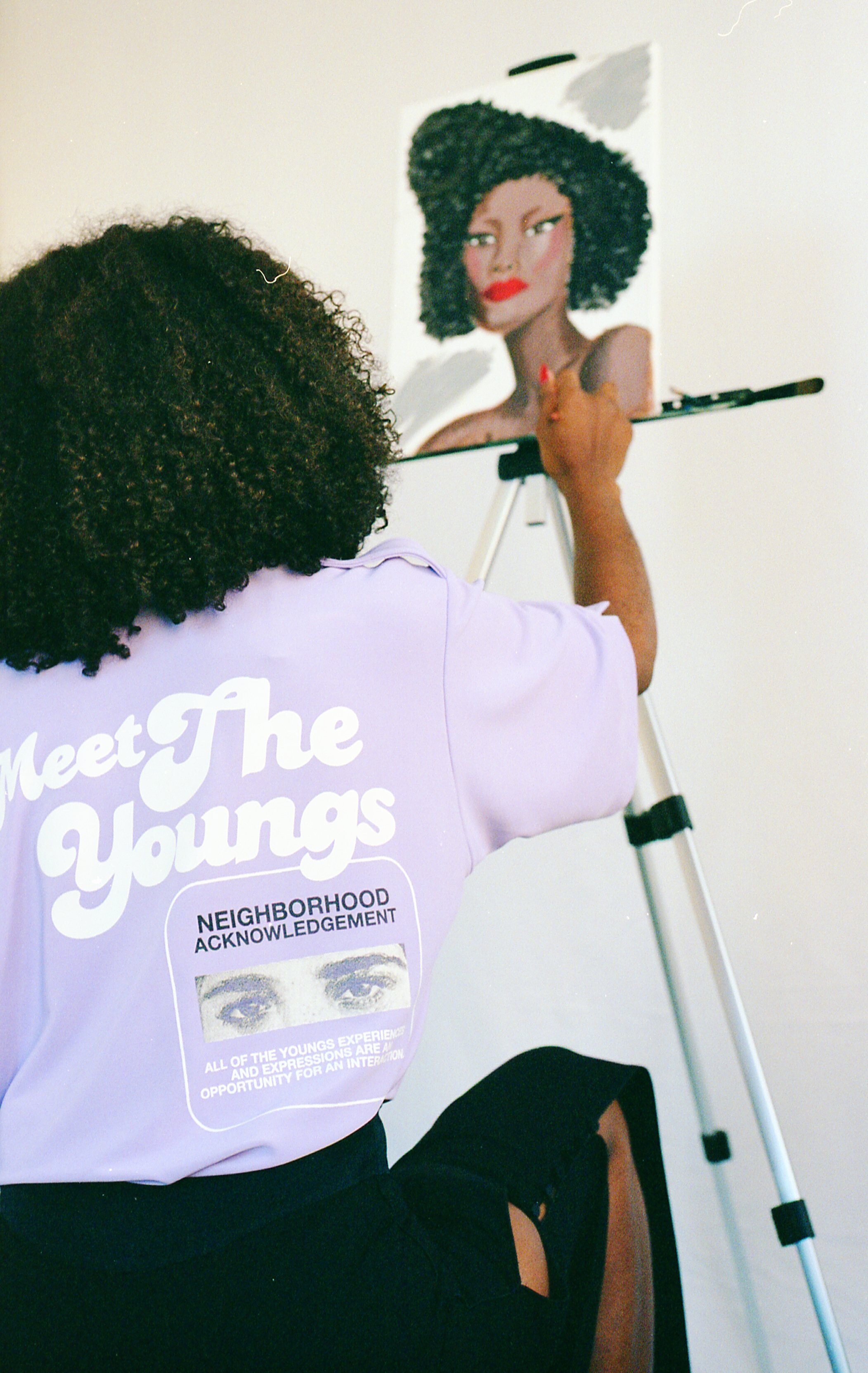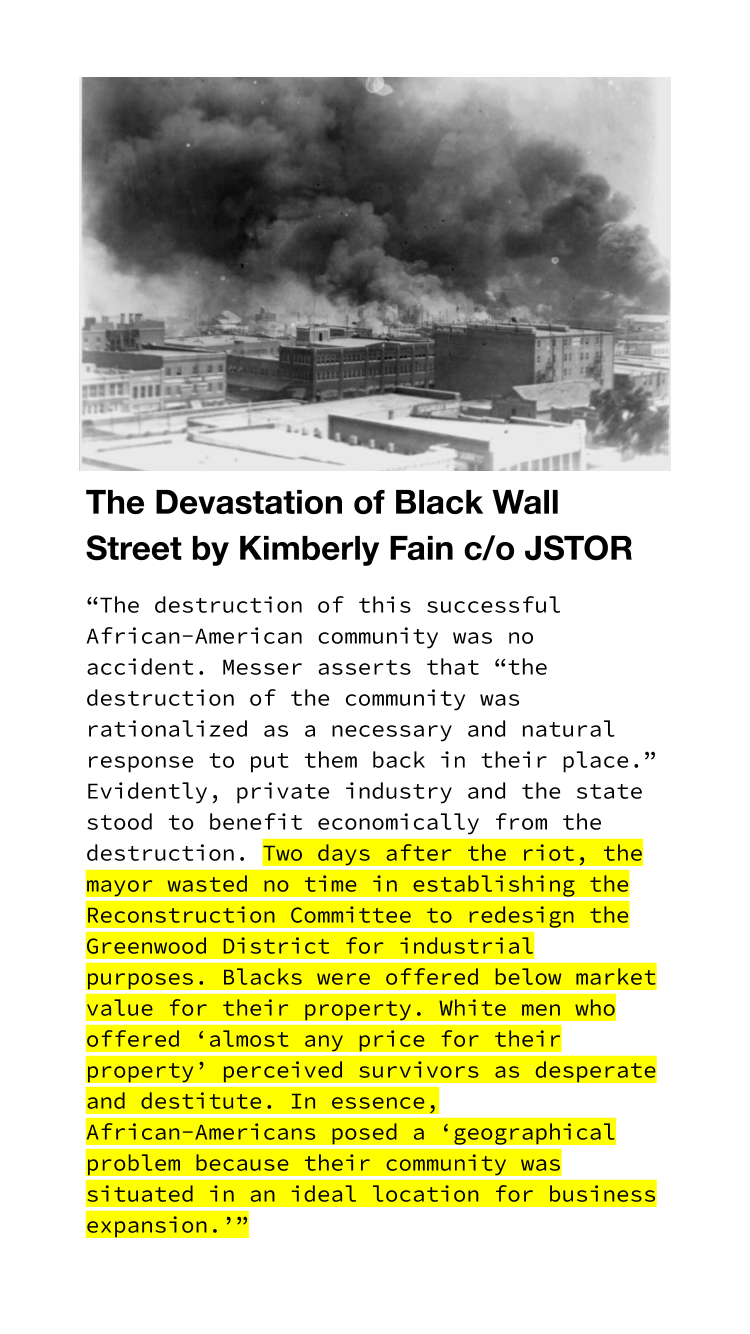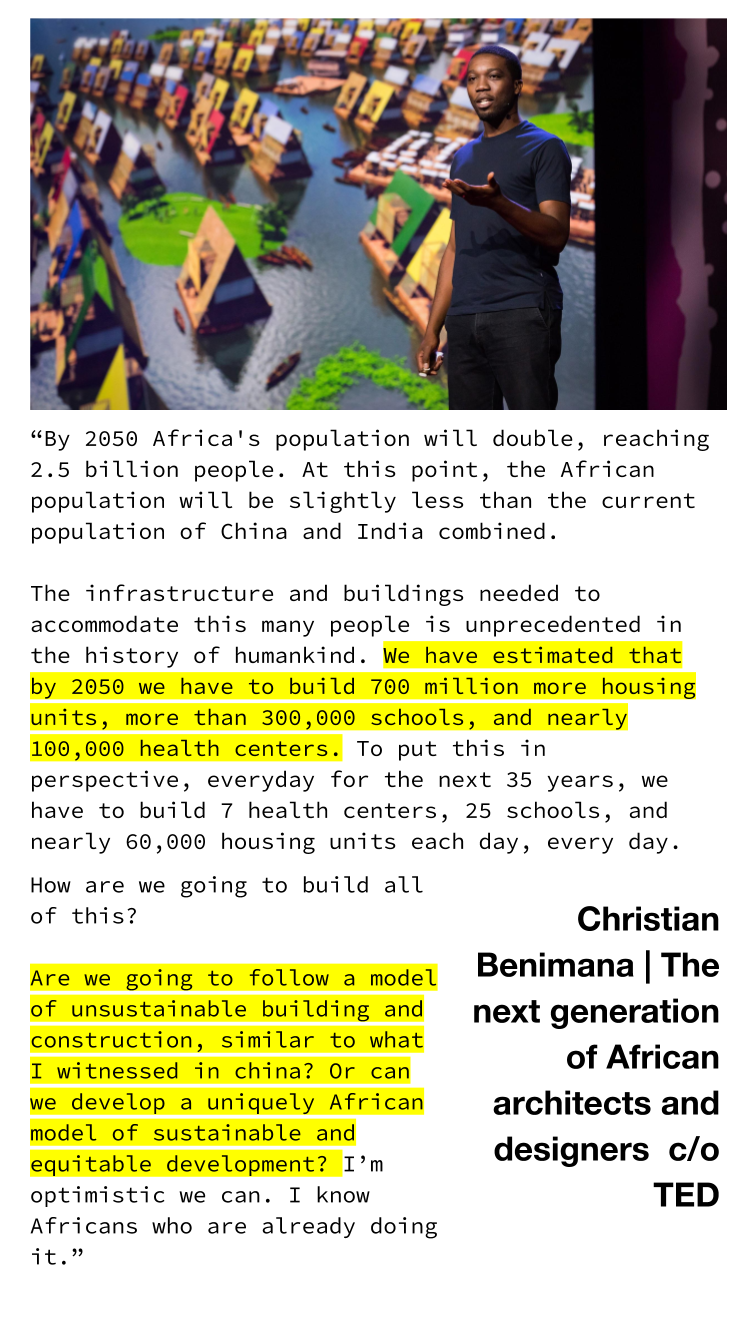FELLOWSHIP | FREQUENTLY ASKED QUESTIONS
What is the fellowship experience like?
The fellowship is an opportunity to share in study, deepen your commitment to practice, and explore cooperative economics alongside other artists and archivists. The experience is intended to be playful, thought provoking, and catalyzing. It will include eight weeks of online study sessions and in-person practice sessions, followed by three months of creative production at Memoryhaus 555 and culminate in a six-week group exhibition.
Who is eligible for the 2023-24 fellowship cohort?
Black and Indigenous artists and archivists of any medium who are near Los Angeles, CA are invited to apply. There are no degree requirements, all that’s necessary is a willingness to remain curious, imaginative, and courageous in a collaborative process.
What is the exhibition experience like?
Each artist will present works developed throughout the fellowship in a group exhibition for the Greater Los Angeles community. The exhibition will also include a series of artist talks and guided explorations. Each artist will be profiled for an artist talk and will be expected to facilitate a workshop, panel, etc. for the community based on the theme(s) of their contributed works.
How will the fellowship help me grow as an artist/archivist financially?
Our organization centers cooperative economics as a means of supporting artist sovereignty, as well as maintaining shared space and resources. Currently, artists receive 70% of revenue per purchase and 30% is contributed to ITS-IN-SCOPE for the maintenance of the Memoryhaus, resources and materials, and other associated distribution costs. Participation in this fellowship is an opportunity to learn about alternate economic routes for artists and archivists. If you’re in alignment with our cooperative economics model, fellows are invited to sell their works throughout the exhibition and will have the opportunity to continue to distribute works through ITS-IN-SCOPE after the fellowship.
What is the time commitment for the fellowship?
A mandatory orientation will be held on Sunday, October 1, 2023. The fellowship will last a duration of six months beginning October 4, 2023. The first eight weeks include weekly online study sessions on Wednesdays from 7:00 to 8:30pm and in-person practice sessions on Saturdays from 1:00pm to 3:00pm. In January, we’ll begin a three month period of creative production and exhibition preparation. Throughout this process, meeting times will be determined by the group. The fellowship will culminate in a six-week group exhibition in Spring 2024.
What will we study?
Our archival practice is rooted in an intersectional study of social issues; we call this our Intuitive Pedagogy. We explore seven areas of study: space, abundance (fka post-colonialism), love, time, technology, movement and nature. Each week our study and practice sessions will center one of the areas, their relationship to one another, and to our creative practice.
How many fellows will there be?
Five artists and archivists total will be selected to participate in the fellowship experience.
How will the fellows be selected?
Applications will be reviewed by current Archive Caretakers and Studio Residents. Fellows will be selected based on thoughtful application responses, brief phone interviews, and level of engagement in ITS-IN-SCOPE.
What is a material artifact?
A material artifact is the tangible outcome of shared study. Each artifact is designed to archive the findings from collective learning and serve as inspiration for continued conversation. A material artifact can be anything from a t-shirt to a tea or textbook.
What is a visual essay?
A visual essay is an archive of contemporary study through visual mediums such as photo or video. This form allows us to escape the written word, honor oral tradition, and craft new audio visual languages. Outputs include a series of photos, a short film, or a video.
What is a research note?
A research note is live documentation of the ideas, feelings, discoveries, and perspectives that arise during study. Research notes include key takeaways, short essays, personal reflections, brain dumps and poetry. Fellows are expected to produce four research notes during the first eight weeks of the fellowship that will support the development of their material artifact, visual essay or audio record.
What is an audio record?
An audio record is an archive of contemporary study through oral or auditory traditions. Outputs include playlists, songs, mixtapes, field recordings, interviews, podcasts, etc. Audio records can be digital or physical.
How can I ask more questions?
Send an email to itsinscope@gmail.com if you have any additional questions about the Archive Caretaker Fellowship program.
